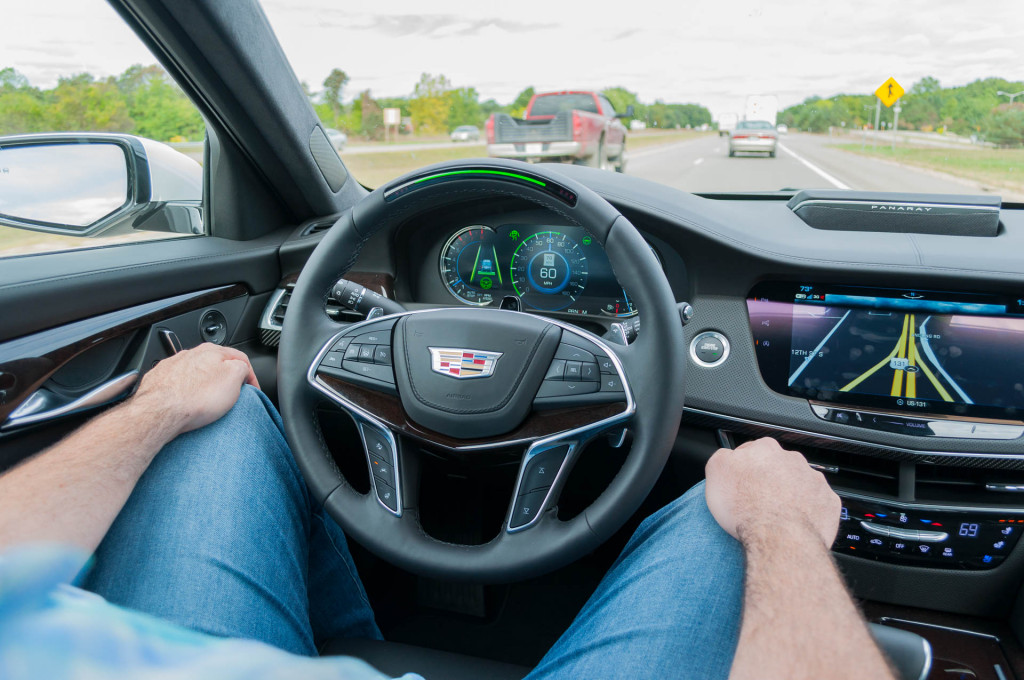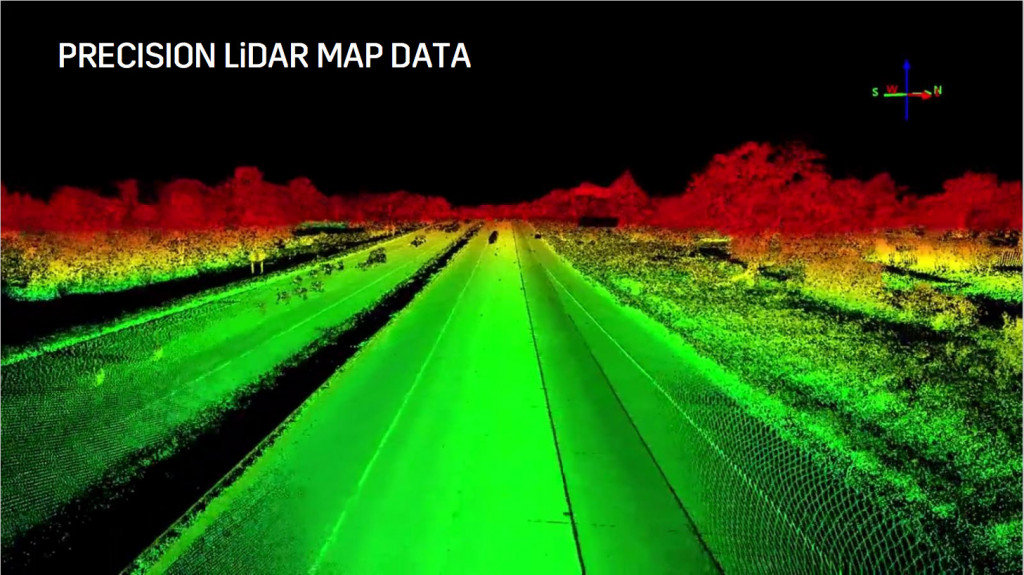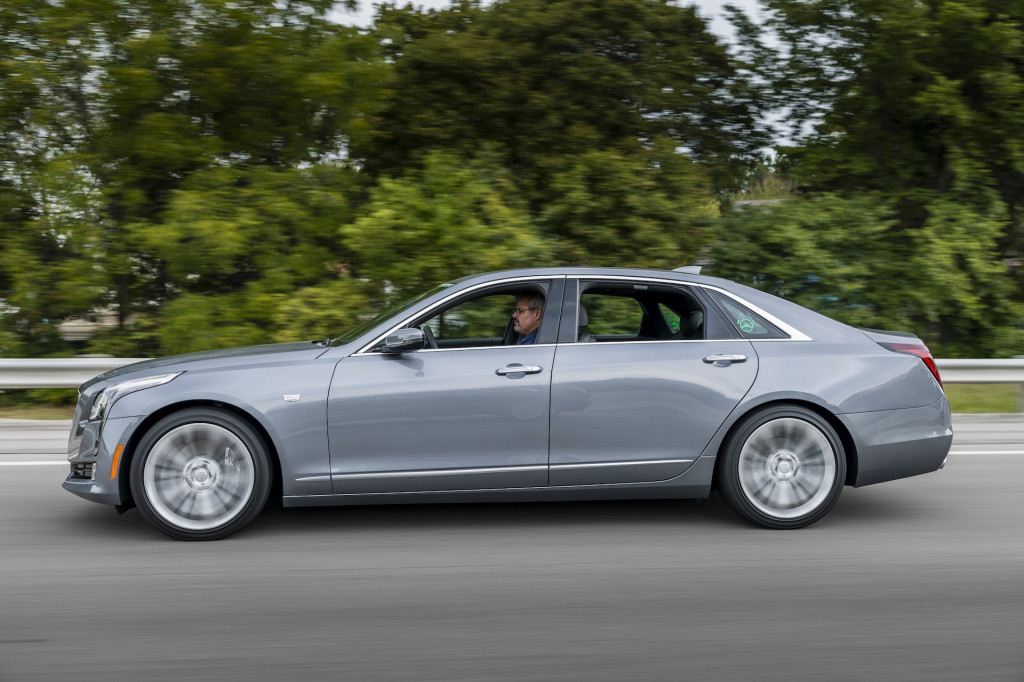In a time when every automaker is telling us that self-driving cars are coming, one automaker is taking a giant leap.
That automaker is Cadillac, and the giant leap is the launch of its Super Cruise driver assist system. It's a monumental step forward in the march toward self-driving cars, as it provides consumers with the first real hands-free driving experience. (Technically, Tesla's AutoPilot used to allow hands-free driving. It requested drivers put their hands on the wheel but didn't disable the system if they didn't. The current version requires driver' put their hands on the wheel at certain intervals like most other systems.)
Hands-free driving might sound like a trip, and trust me, after experiencing it for nearly 20 hours, it is, but it is anything but a gimmick. It's a viable system that works well on the freeway and takes some of the tedium out of driving.
Crack open a can of LaCroix and learn about the seven things you should know about Cadillac's Super Cruise semi-autonomous driver assist system.

Cadillac Super Cruise
Truly hands-free
Lots of automakers claim their cars offer self-driving capabilities, but only Cadillac can claim it has the "first, true hands-free driving technology for the freeway." Other systems require you to place your hand or hands on the wheel and usually apply some kind of pressure or torque to the wheel in very short intervals to tell the system you're there, you're alert, and you're theoretically paying attention. With Cadillac's Super Cruise system, you can go hours without touching the steering wheel or throttle pedal and brake when in the right conditions.
ALSO SEE: Cadillac's Super Cruise provides a glimpse into the self-driving future today

Cadillac Super Cruise
It's watching you
If you are creeped out by the idea of big brother, this isn't going to sit well with you. The system has a steering column-mounted camera that watches the driver's head, and there are six infra-red emitters on the steering wheel to help light up the driver's face so the camera can read it. That camera is watching both the driver's head movement and where his/her eyes are looking. Yes, it actually tracks eye movement to see where the driver's retinas are pointed, whether it be at a smartphone screen to check out cat photos or on the road where they should be.

Cadillac Super Cruise LiDAR scan
All about those maps
Most automakers' self-driving assist systems rely on real-time data gathered by local radar, LiDAR, and other various sensors to inform the car what's going on beside it, ahead of it, and behind it. Cadillac's Super Cruise relies on all that, along with 130,000 miles of high-definition map data that equates to every square inch of every major highway and interstate in the U.S. and Canada. That map data is fed to the car 82 feet at a time as it drives down the road. It is then used in conjunction with real-time data gathered from the car's sensors and cameras. General Motors contracted Usher, formerly Geo Digital, to gather the map data. Vehicles equipped with Super Cruise use their 4G LTE data connection to update the maps from GM when the vehicle is turned on. Map updates will occur at least quarterly, and while no exact timeline was given, GM expects the maps to continue being updated for at least five years.

Cadillac Super Cruise
High precision GPS on-board
Most automotive GPS systems just need to place a car on the road, not necessarily in a specific lane. Cadillac's Super Cruise needs to know not only what road you are on, but which lane you are in on that road. While typical GPS systems are accurate to within 49.21 feet, Cadillacs equipped with Super Cruise have Trimble high-precision GPS receivers that can place a car within 6.56 feet, or about the width of the average lane on a highway.

Cadillac Super Cruise
General Motors holds the authority
Given this is a connected system, General Motors still holds over-arching authority over how, where, and when it is used. It has the ability to block out certain parts of the map (i.e. long-term construction zones, known issue areas, etc.) making it so Super Cruise either won't work in these areas or will hand back control of the car to the driver upon approaching said areas.

Cadillac Super Cruise
Speeding allowed
If you feel the need to speed, Cadillac's Super Cruise system isn't going to stop you. The system operates at up to 85 mph, though, if you manually control the throttle and brake, the system will continue to handle steering duties until you hit 92 mph, and then it'll hand full control back to you. Yes, that means if you want to set it to drive at 85 mph in a 55 mph zone, it will. Then again, Cadillac's not going to pay your speeding ticket, so you'll be on your own there, Bucko.

2018 Cadillac CT6
Tunnels aren't a problem
For those wondering whether driving through a tunnel is an issue, it's not. The system can continue operating while traveling through a tunnel up to 0.62 miles long. Super Cruise uses a combination of on-board data and Dead Reckoning (a process by which one's position can be calculated—usually used on the sea or in the air—by using the previously known position, course, and speed, then compensating for elapsed time).
